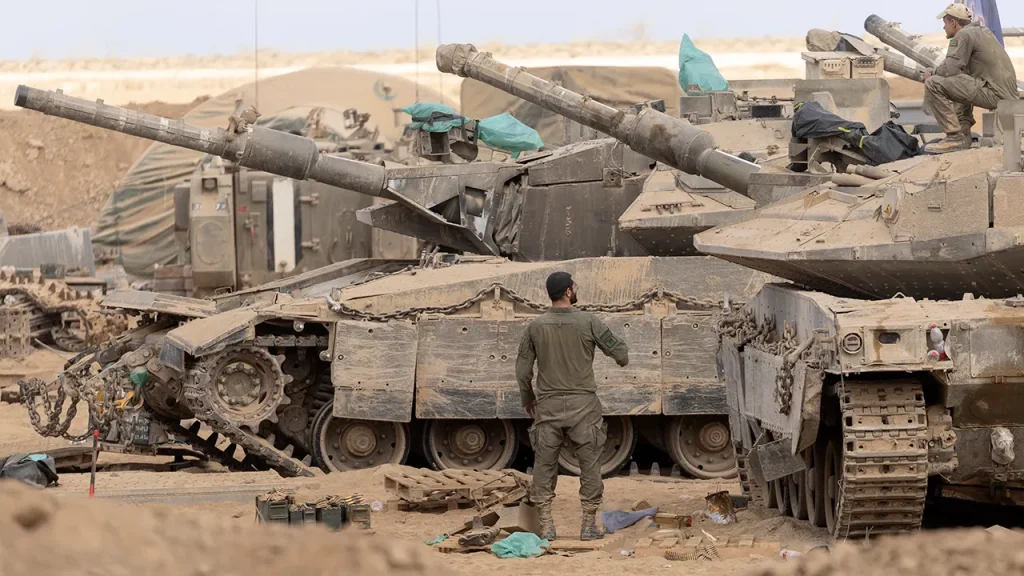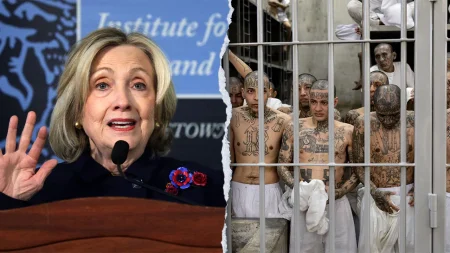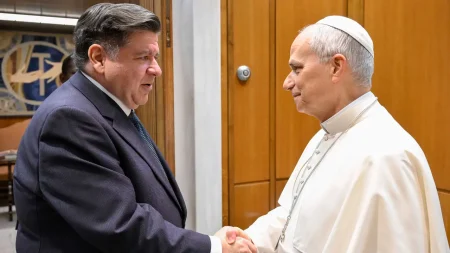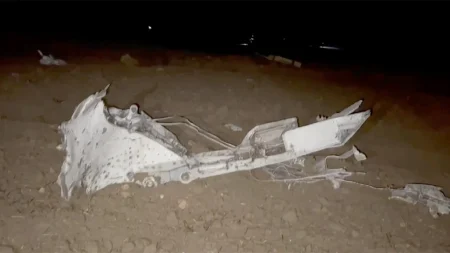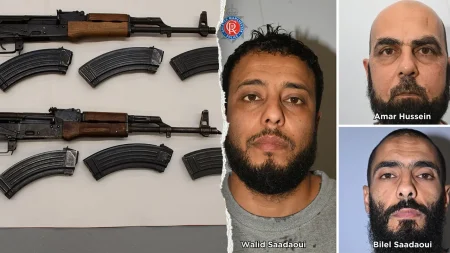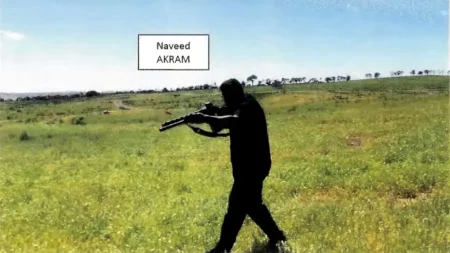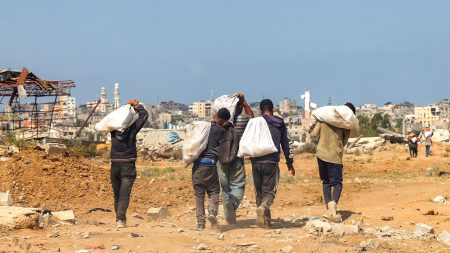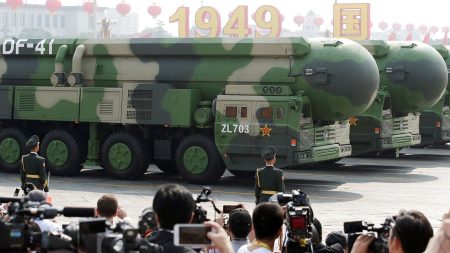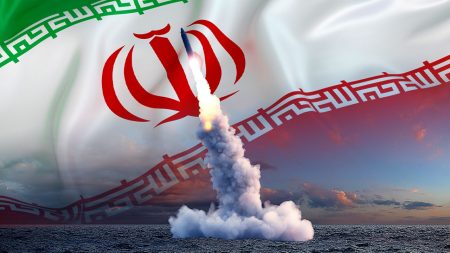Israel Reports Second Ceasefire Violation in Gaza
In a significant development from the ongoing Israel-Hamas conflict, the Israel Defense Forces (IDF) has reported two consecutive days of ceasefire violations in the Gaza Strip. These incidents highlight the fragile nature of the peace agreement that went into effect on October 10th, as tensions continue to simmer despite formal cessation of hostilities. The IDF claims that in both cases, individuals crossed a designated boundary line and approached Israeli troops in a manner deemed threatening, resulting in military action.
According to official IDF statements, the most recent incident occurred Tuesday when Israeli forces “eliminated a terrorist who was identified crossing the yellow line and approaching IDF troops in southern Gaza.” The IDF characterized this movement as posing “an immediate threat” to their personnel, necessitating a response. This follows a similar incident just one day earlier, when the military reported eliminating two individuals who likewise crossed the demarcation line. These confrontations underscore the complex realities of maintaining a ceasefire in such a volatile region, where boundaries are contested and trust remains minimal between the parties.
The “yellow line” referenced in these incidents represents a critical component of the current ceasefire agreement, establishing a boundary for territorial control within Gaza. Before the ceasefire, Israel had gained control of approximately 80% of the Gaza Strip through military operations. The agreement required a partial withdrawal of forces, though Israel still maintains control over roughly 53% of Gaza, including strategically significant areas like the Philadelphi Corridor, most of Rafah, half of Khan Younis, and sections of northern Gaza. This positioning allows Israel to maintain what Brigadier General Amir Avivi described as “the high ground overlooking the coastal area,” which the IDF considers essential for protecting Israeli towns near the border.
The IDF has emphasized that despite the ceasefire, they “must remain deployed, in accordance with the ceasefire agreement, to continue to operate to remove any immediate threat to the State of Israel.” This statement reflects Israel’s position that the agreement doesn’t preclude them from taking defensive measures when they perceive security threats. Military analysts suggest that the current deployment configuration has significantly curtailed Hamas’ ability to smuggle weapons through the Egyptian border, a key strategic objective for Israel. These factors have created a situation where Israel maintains substantial control and oversight even within the framework of a ceasefire.
These incidents occur against a backdrop of a conflict that has seen tremendous suffering on both sides, with thousands of casualties and widespread destruction in Gaza. The ceasefire had offered a glimmer of hope for civilians caught in the crossfire, potentially providing space for humanitarian aid delivery and recovery efforts. However, these violations threaten to undermine the fragile peace. The characterization of these events differs dramatically depending on the source, with Israeli authorities framing them as necessary security responses to terrorist threats, while Palestinian sources often dispute these narratives and point to the continued hardships faced by Gaza residents under partial blockade.
As the situation continues to evolve, the international community watches closely, concerned about the potential for renewed full-scale conflict. Military analysts, including Brigadier General Avivi, have suggested that these violations may not be isolated incidents, raising concerns about the durability of the current agreement. The complex dynamics of control, security concerns, humanitarian needs, and long-standing grievances make this ceasefire particularly challenging to maintain. With Israeli forces still deployed along strategic positions and continued tensions at the boundaries of control, the path to lasting peace remains uncertain, even as both sides officially maintain their commitment to the ceasefire framework established in October.




